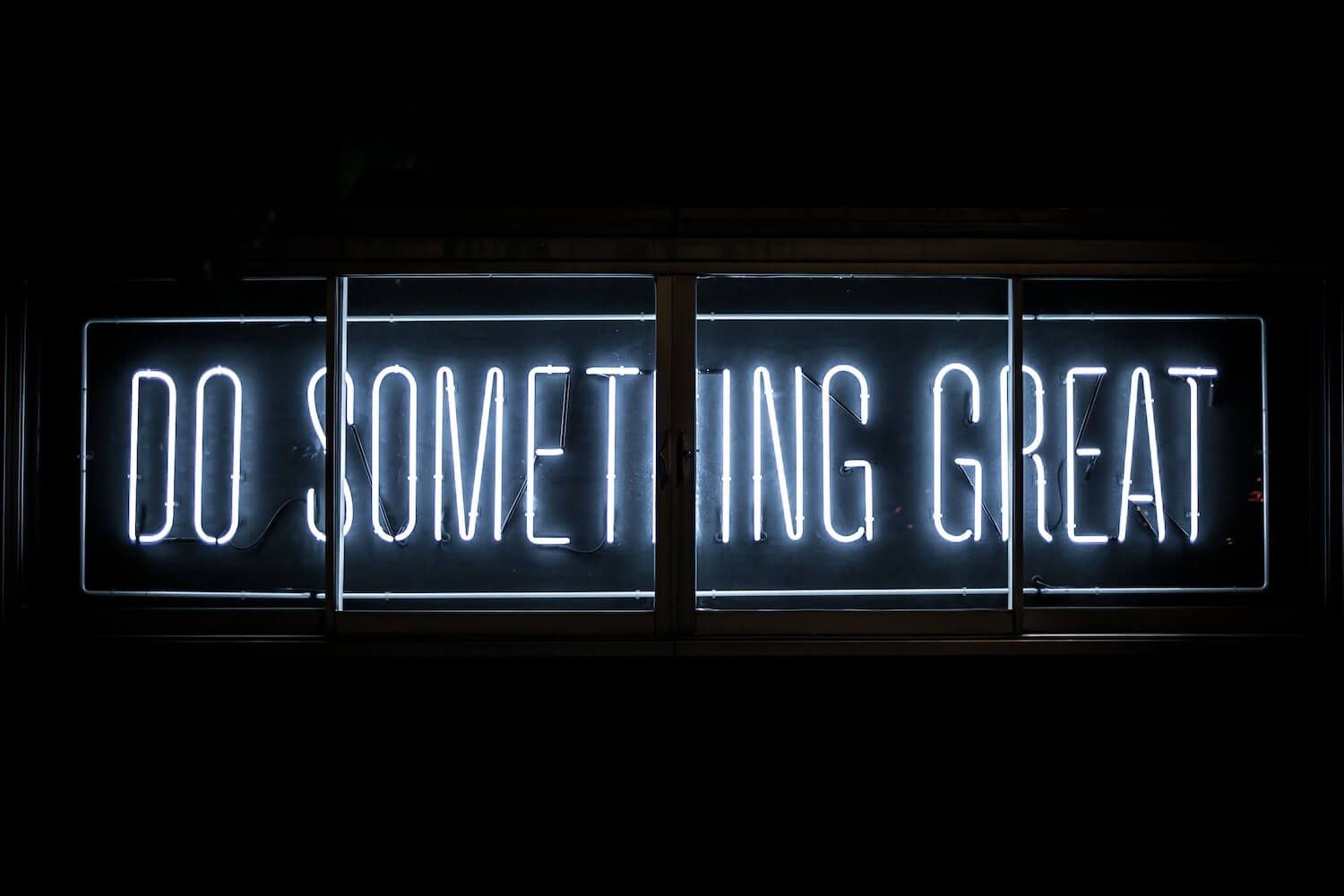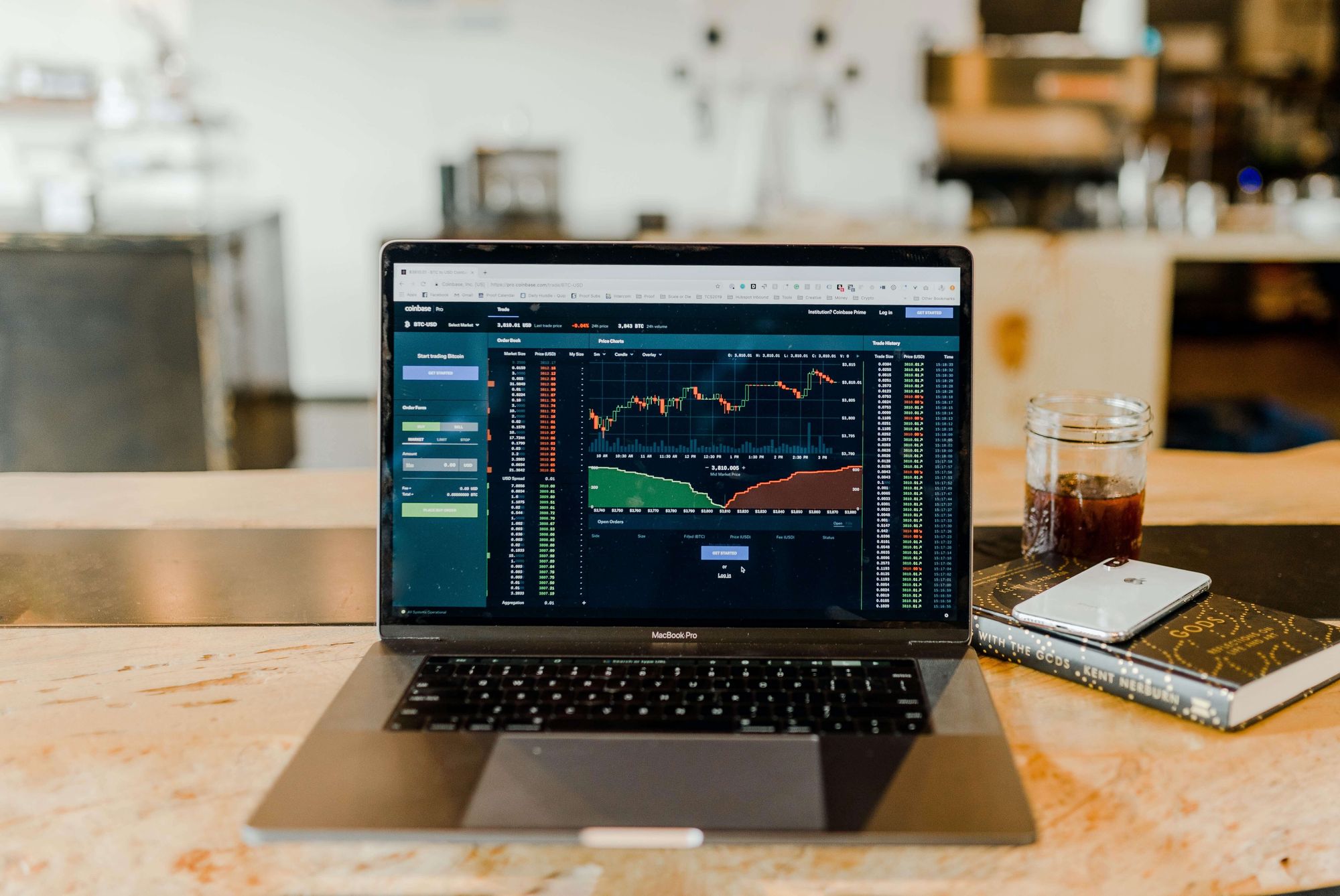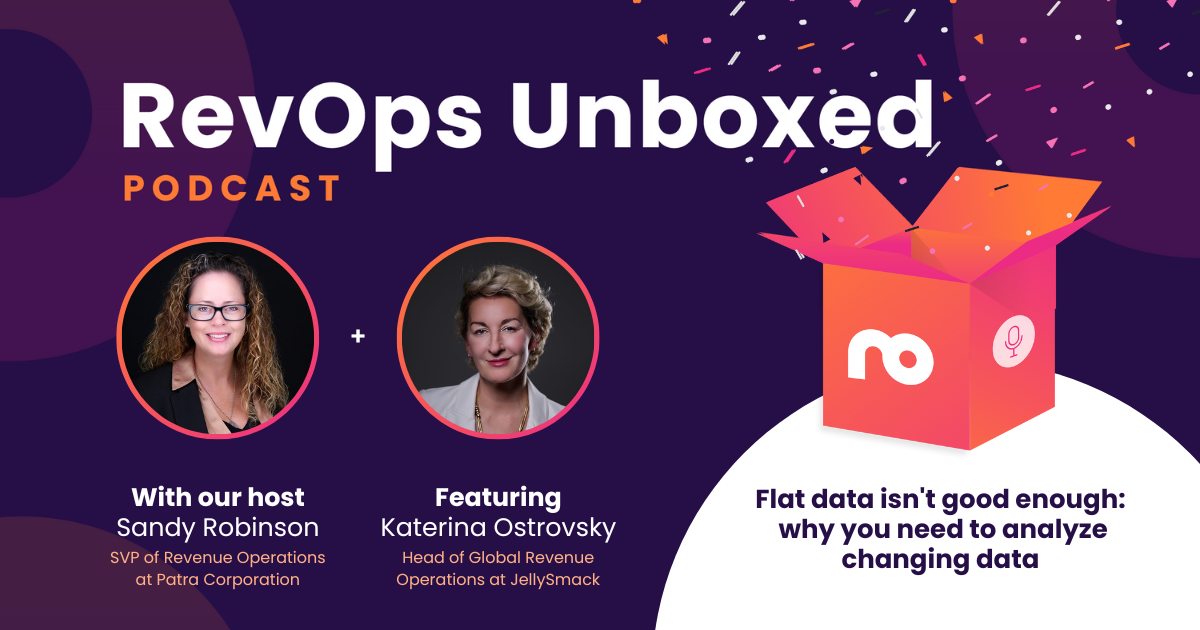We all wish we had a crystal ball, I mean who wouldn’t like to know the future? 🔮
It would be great to predict the future, especially when it comes to your sales.
Though the crystal ball might not exist quite yet, there is a way you can predict the future for your business. 👀
Forecasting is an important element of any business’s strategy - accurately predicting your revenue for Q4 while still in Q2 is super helpful in determining your strategy!
In this article, we’ll explore what forecasting is, and how you can use it to your advantage as a RevOps pro.
We’ll look at:
- What sales forecasting is.
- How you can utilize forecasting in your RevOps function.
- Choosing the right sales forecasting technique.
What is sales forecasting?
Sales forecasting uses historical data and statistical models to predict future revenue trends and sales outcomes. It involves analyzing past patterns and using them to inform decisions about your sales pipeline and future revenue growth
Forecasting is not an exact science, and no technique can guarantee 100% accuracy. Unforeseen circumstances and challenges are common in the world of sales and revenue, and forecasting can’t necessarily account for these.
However, by getting your forecasting right, you’re able to spot trends and make predictions that directly affect your product or service. And in turn, your long-term revenue growth.
Why is sales forecasting important?
An accurate sales forecast can use many data points to predict your sales reps' conversion rates and close rates. You can use this information to predict your revenue, and plan your revenue operations strategy.
But that’s not all your sales team can use these predictions to better understand their targets and impact, while your sales leaders can refine sales strategy and advocate for additional headcount.
Your sales managers can also work with your enablement function to train your sales reps if the sales forecast isn’t met.
Overall your revenue forecast is important to back up your revenue strategy and ensure your organization meets its long-term revenue targets.

How can a RevOps pro utilize forecasting?
There is an obvious answer to this question: by using it to forecast sales.
But, that’s not all forecasting is useful for, especially as a revenue operations professional. By making sure your process is right, you can not only predict future revenue but also influence other parts of your day-to-day responsibilities, including:
- Resource allocation: By forecasting demand, you can ensure you have the right resources in place. This includes staffing levels, inventory, production capacity, and more.
- Budgeting: Forecasting can allow you to create realistic budgets that align with your revenue goals.
- Risk management: By predicting future outcomes, you can identify potential risks and take steps to mitigate them.

What are the different forecasting methods?
There is no ‘one size fits all’ method for forecasting. Each method is formed of different methodologies that encompass varying techniques and focus on several aspects of the forecasting process.
However, it’s important to familiarize yourself with each type of forecasting method to allow you to choose the most practical approach for your business.
We’ve explained some of the most popular sales forecasting methods below.
Time-series forecasting:
This technique uses historical data to identify patterns and trends in data over time, and to predict future values based on these patterns.
Time-series forecasting methods include moving averages, exponential smoothing, and autoregressive integrated moving average (ARMINA) models.
Pros:
- Time-series forecasting is useful for predicting clear patterns that change over time.
- Can handle a wide variety of data types, including continuous, categorical, and binary variables.
- Time-series models are relatively simple to interpret, making them a useful tool for communicating results to those of us who are not data experts.
- Can be automated and incorporated into businesses process for ongoing monitoring and decision-making.
Cons:
- May not work well if the data is noisy, unclean, or has outliers.
- It assumes that past patterns will continue into the future, which isn’t always the case.
- Can be challenging to incorporate external factors such as changes in market conditions.

Qualitative forecasting:
Qualitative forecasting is a technique that uses expert opinions or subjective data to make predictions about future outcomes.
Qualitative methods include market research, surveys, and of course, expert opinion.
Pros:
- Qualitative forecasting can be useful when historical data is limited, or unavailable - especially in the realm of startups or younger businesses.
- Incorporates expert opinion or subjective information, which can be valuable when predicting outcomes in complex or uncertain environments.
- Flexible and adaptable to changing circumstances and emerging trends.
- Can help identify potential risks and opportunities that might not be evident in historical data.
Cons:
- Qualitative forecasting can be subjective and is prone to bias, particularly if expert opinions are heavily relied upon.
- Difficult to quantify the level of uncertainty or margin of error associated with qualitative forecasts, meaning risk can be high.
- Potentially less accurate than quantitative techniques that rely on historical data and statistical models.
- Challenging to verify the accuracy of qualitative forecasts and to track their performance over a long period of time.
Regression analysis:
Using historical data, like time-series forecasting, regression analysis uses data to identify relationships between variables and predicts future outcomes based on these relationships.
Let’s look at an example of regression analysis:
Let’s say a company wants to predict how changes in its marketing spend will impact sales revenue. The company collects historical data on its marketing spend and sales revenue over the past several quarters. It also collects data on other potential predictors, such as website traffic, social media engagement, and customer demographics.
Using regression analysis, the company can identify which predictors are most strongly associated with changes in sales revenue while using the information to see the impact on total revenue, whilst accounting for other predictors.
For example, the company may find that there is a strong positive relationship between marketing spend and sales revenue, but that this relationship is moderated by changes in website traffic.

When there is a clear relationship between variables and enough data to build a reliable regression model, regression analysis is a great way to forecast.
However, regression analysis does make assumptions about data - that it is linear, that variables are independent, and that errors in the model are distributed. When using regression analysis, it’s important to check the assumptions of regression before using the technique.

Machine learning (ML):
Machine learning (ML) uses algorithms and statistical models to analyze and learn from data, and to predict future outcomes based on analysis.
ML methods include neural networks, decision trees, and random forests.
Pros:
- Ability to handle large and complex data sets with many different variables, making it useful in complex systems or customized data sets.
- Ability to learn from the past, allowing accurate and precise forecasting.
- Detect patterns and relationships that may not be apparent to traditional statistical methods, leading to more accurate and informative forecasts.
- Flexible, adaptable, and can be modified to suit different types of data and forecasting issues.
Cons:
- ML models can be complex and difficult to interpret, making it difficult to understand how the model arrived at its forecasts.
- Requires large amounts of data in order to be efficient, which can, for some companies, be difficult to obtain.
- Overfitting the data, meaning it becomes too specialized to the particular dataset used for training, leading to inaccurate forecasts when applied to new data.
- Expensive to train and implement, and requires significant AI knowledge and expertise.
Predictive analytics:
Predictive analytics combines statistical analysis, data mining, and machine learning to identify patterns in data and make predictions about future outcomes and trends.
There are many similarities between predictive analytics and ML. ML is often used as a tool within predictive analysis to help identify patterns and relationships in data that can later be used for forecasting.
So why is it listed separately?
Well, there are some differences between the two approaches.
Machine learning is a subset of artificial intelligence that involves training algorithms to learn from data and make predictions or decisions based on that learning.
Whilst predictive analysis is a broader approach that uses data, statistical algorithms, and machine learning techniques to identify the likelihood of future outcomes.
Machine learning is focused on building models that can learn and improve over time, while predictive analysis is more focused on using data to make predictions about future outcomes.
Both can be successfully applied to forecasting; however, choosing a model might depend on your future use of it and what your company needs out of its forecasting tool.

Final thoughts
Forecasting is crucial, that’s why most, if not all, companies use it as a revenue management tool.
From improving the allocation of resources to keeping you sane in the midst of sudden global change - forecasting can make your company’s journey a whole lot easier.
There are so many methodologies to explore when it comes to forecasting, so make sure you choose the correct approach for your business.
Hopefully, this guide will help you create a revenue forecast that works for your team!
Connect with fellow RevOps pros by joining our community today! 👇





